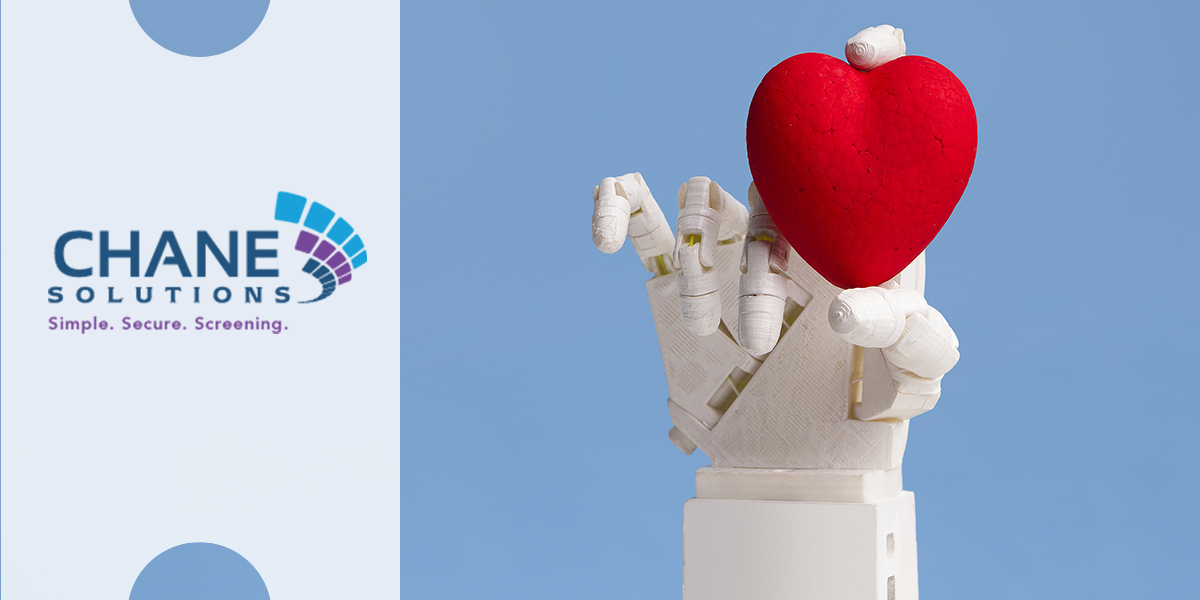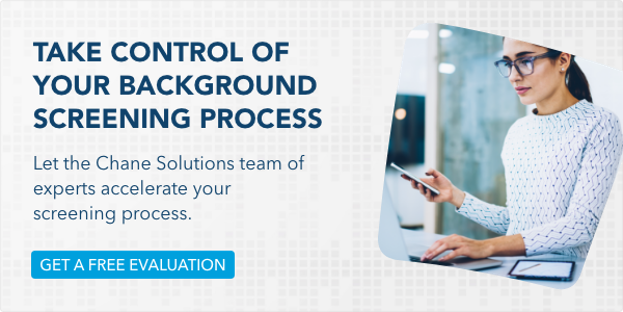If only it were possible to simply hire a doctor, nurse, or other healthcare professional and have them get straight to work caring for your patients, lightening the load on the rest of your team, and generating revenue for your organization. For better or for worse, it’s never been that easy.
Getting a single healthcare professional up and running typically requires navigating a maze of compliance issues, including verifying that the employee is licensed to practice in your state. Failure to do so may result in a loss of Medicare/Medicaid reimbursements, financial penalties, lawsuits, legal action, and harmful publicity (sometimes, all of the above).
According to one survey, nearly half of physician practices spend over $40,000 per year per physician to comply with federal regulations. Another report estimates that each new provider can require up to 20 hours of administrative staff time to credential. While credentialing drags on, healthcare providers may have to wait weeks or even months before seeing patients.
As if credentialing each new hire wasn’t time-consuming and costly enough, the process must be repeated periodically throughout a healthcare worker’s employment. Regulations change and licenses lapse. It is no longer sufficient to take a one-time snapshot of a healthcare employee’s qualifications.
Why Is Healthcare Credentialing So Costly and Inefficient?
Over the past few decades, digital technology has revolutionized multiple areas of the healthcare industry, helping healthcare organizations treat more patients more effectively while maximizing their resources. But for many organizations, the credentialing process remains stuck in the analog past.
By and large, credentialing is still performed by human researchers. To check the qualifications of each new hire or existing employee, a researcher must manually search dozens of primary information sources, such as:
- The Office of Inspector General of the U.S Department of Health and Human Services.
- The National Practitioner Data Bank
- The NPI Registry
- The Office of Foreign Assets Control of the U.S. Department of Treasury
A large medical employer can easily require the services of a credentialing team of 15 people or more, each drawing a full-time salary (plus frequent overtime).
It doesn’t take much to create a credentialing backup — a hiring spike, turnover on the credentialing team, or even just a sick team member. And as the workload intensifies on a credentialing department, the potential for human error increases.
How Automated Healthcare Credentialing Boosts Efficiency and Lowers Costs
A team of healthcare and data verification experts at Chane has created a system that transforms healthcare credentialing the same way digital automation has transformed many other facets of background screening.
Through Chane’s automated healthcare credentialing system uses cutting-edge software to capture real-time data through direct connections with hundreds of primary sources, including:
- Medical licenses
- Medical certifications
- NPI lookup
- State-controlled substance licenses
- DEA registration
- OFAC
- Federal and state sanctions and exclusions
- Abuse registries
Chane’s system intelligently monitors these data streams and provides up-to-the-minute notifications whenever a healthcare provider’s status changes. Instead of manually searching for relevant data, healthcare organizations can wait for the data to come to them in real-time. This allows for both verification of new hires and monitoring for ongoing compliance.
An automated healthcare credentialing system such as Chane’s can achieve the same results (or better) as the manual model with only a fraction of the staff and budget. Rather than periodically rechecking each employee, the verification team needs only take action when the system flags an employee.
There is no gap between an incident (such as the expiration of a license or a disciplinary action) being reported and the employer finding out.
Embrace the Future With Automated Healthcare Credentialing
Healthcare organizations today are facing an uncertain recovery from the COVID-19 pandemic and a shifting regulatory landscape. Employing the right people and making the most of your resources have never been more essential.



Leave a comment